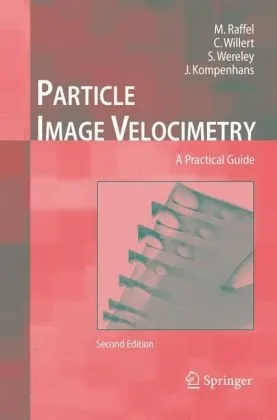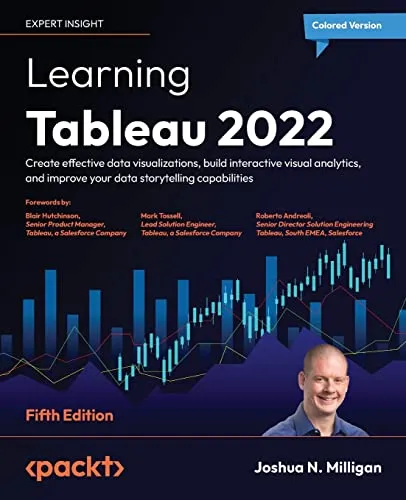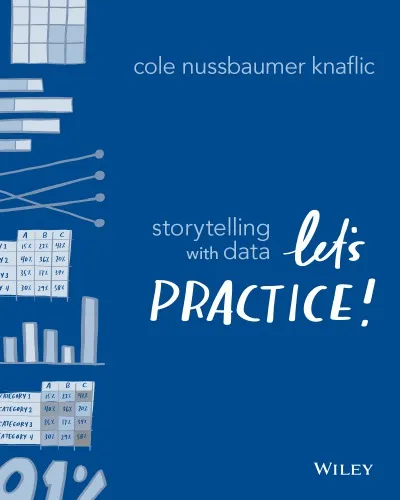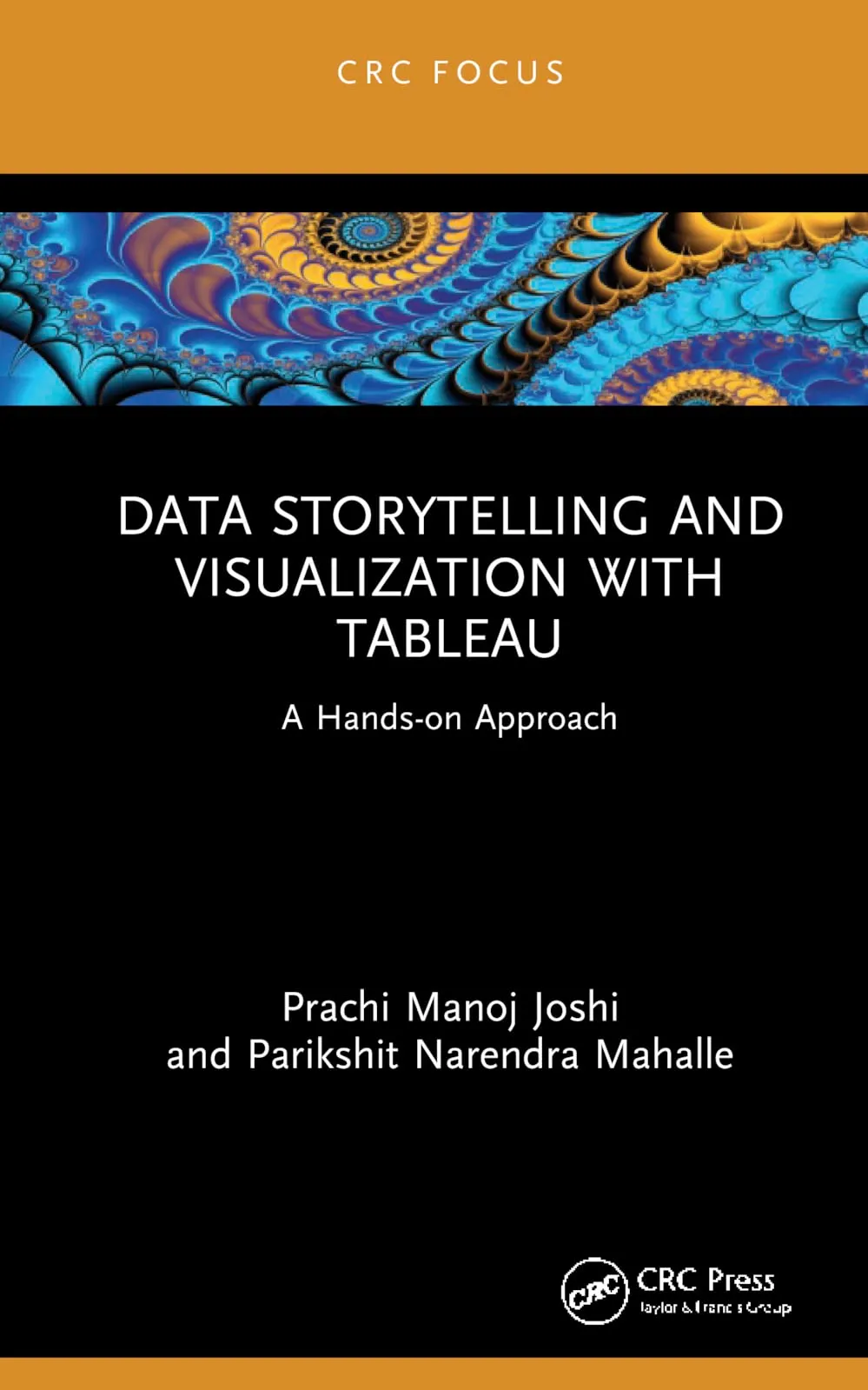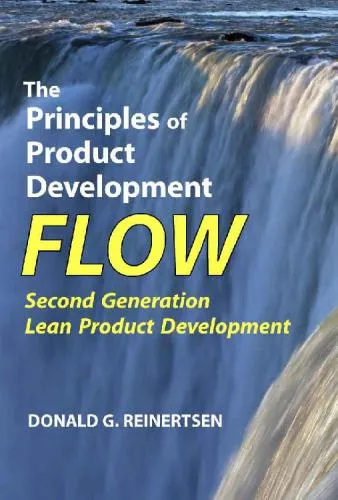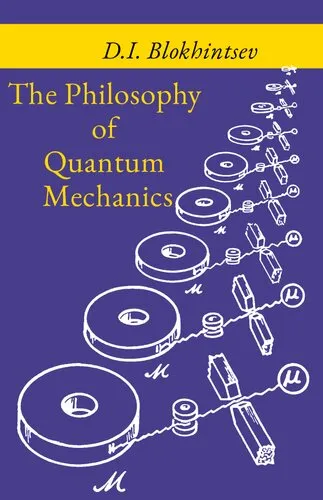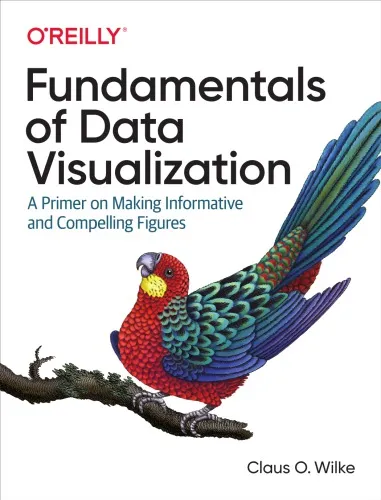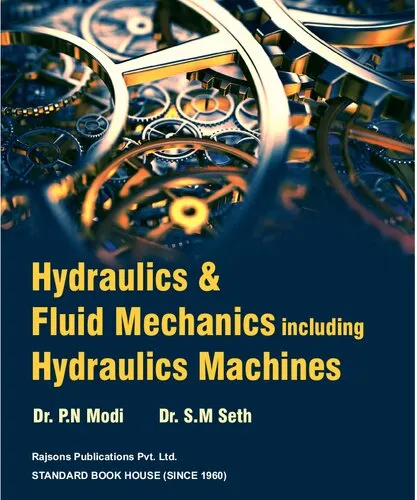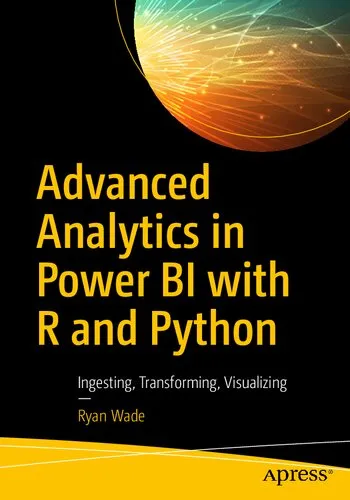Particle image velocimetry: a practical guide
4.5
Reviews from our users

You Can Ask your questions from this book's AI after Login
Each download or ask from book AI costs 2 points. To earn more free points, please visit the Points Guide Page and complete some valuable actions.Related Refrences:
Introduction to "Particle Image Velocimetry: A Practical Guide"
Written by Markus Raffel, Christian E. Willert, Steven T. Wereley, and Jürgen Kompenhans, "Particle Image Velocimetry: A Practical Guide" is widely regarded as a comprehensive and invaluable resource for researchers, engineers, and students involved in fluid dynamics and experimental mechanics. Over the years, Particle Image Velocimetry (PIV) has emerged as a pivotal optical technique for measuring fluid flow by tracking particle motion. Understanding and mastering PIV techniques is critical for advancing not only academic research but also innovations in various engineering applications. This book is designed to provide a thorough foundation in the theory, applications, and operational intricacies of PIV while maintaining an accessible and practical guide for aspiring and experienced professionals alike.
Detailed Summary of the Book
The book delves into the entire spectrum of PIV, from its theoretical underpinnings to its practical implementations. It begins with an introduction to the basics of flow visualization and measurement techniques, setting the stage for a deeper exploration of PIV. Readers are guided through the physics and mathematics of particle motion, laser optics, imaging systems, and digital image processing. Each chapter builds on its predecessor to provide a holistic understanding of the subject.
Importantly, the authors provide essential guidance on how to set up a reliable PIV experiment, covering equipment calibration, particle selection, and image acquisition techniques. The book also addresses advanced topics like stereo-PIV, time-resolved PIV, and volumetric 3D PIV, ensuring that readers are equipped with the knowledge to tackle complex, multi-dimensional flow measurements.
Practicality is a cornerstone of this guide. The authors include case studies and real-world examples that demonstrate PIV’s applicability in various fields such as aerodynamics, hydrodynamics, and biomedical engineering. Moreover, the text is augmented with experimental data, error analysis, and troubleshooting tips to empower readers to execute their own successful PIV experiments.
Key Takeaways
- A clear understanding of the fundamental theory and mathematics underlying particle image velocimetry.
- Insights into the design, calibration, and optimization of PIV experiments across various scales and conditions.
- Exploration of advanced techniques, such as time-resolved and stereoscopic PIV, for detailed flow analysis.
- Practical applications, troubleshooting strategies, and experimental guidelines for both beginners and experts.
- An appreciation of the versatility of PIV in solving real-world fluid dynamics problems in science and engineering.
Famous Quotes from the Book
"Particle Image Velocimetry is not just a technique; it is a gateway to unraveling the mysteries of fluid dynamics with precision and insight."
"By harnessing the power of light and particles, we can visualize and quantify flows that were once invisible, unlocking limitless possibilities in science and engineering."
Why This Book Matters
"Particle Image Velocimetry: A Practical Guide" stands out as an essential resource in the fields of fluid dynamics and experimental mechanics due to its rigorous yet accessible approach. The evolving complexity of problems in science and engineering demands tools that can bridge the gap between theoretical models and real-world phenomena. PIV fulfills this role impeccably, and this book empowers its readers to harness its full potential.
By blending theoretical rigor with hands-on practical guidance, the authors ensure that this guide caters to a diverse audience—from academic researchers pursuing cutting-edge fluid dynamics research to industrial engineers tasked with optimizing flows in manufacturing or energy systems. The book’s focus on both beginner-level fundamentals and advanced concepts ensures its relevance across multiple levels of expertise.
As fluid dynamics remains a critical challenge affecting domains such as aerospace, automotive design, weather prediction, and even healthcare, this book equips its readers with the tools and knowledge necessary to make meaningful contributions to these fields. Its emphasis on precision, accuracy, and robust experimental design makes it a must-read for anyone engaged in the study or application of fluid motion phenomena.
Free Direct Download
You Can Download this book after Login
Accessing books through legal platforms and public libraries not only supports the rights of authors and publishers but also contributes to the sustainability of reading culture. Before downloading, please take a moment to consider these options.
Find this book on other platforms:
WorldCat helps you find books in libraries worldwide.
See ratings, reviews, and discussions on Goodreads.
Find and buy rare or used books on AbeBooks.
1218
بازدید4.5
امتیاز0
نظر98%
رضایتReviews:
4.5
Based on 0 users review
Questions & Answers
Ask questions about this book or help others by answering
No questions yet. Be the first to ask!
